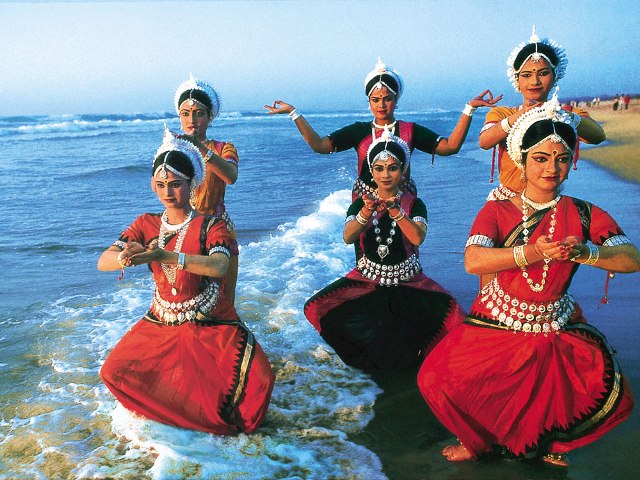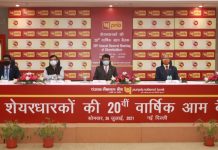Bhubaneswar: Communal violence took place in many different states during the celebration of Ramnavami and Hanuman Jayanti. The festivals are meant for happiness, joy and enjoyment. So violence is unacceptable while celebrating any kind of festival. Celebration of festivals should bring such an environment where caste, religion, gender, and economic disparities should be blurred.
Unlike these places where common violence was raised head, at the same in some other places the situation was completely different. People from the Muslim communities have sprinkled flowers during the Hanuman Jayanti procession and even greeted the in Bhopal and Noida. It would have been truly a sight of delight. The way caste and the communal differences are more visible in the cultural lifestyles than the social lifestyles. In that sense the unique diversities of the Indian lives have to go through difficult tests, and also sometimes sets an unparalleled example of coordination. We can see that example in Odisha. Many such Muslim communities like the Muslim Dalabehera community in Manikagoda of Khorda district take part in the Dussehra festival celebrations all across the state. The festivities of Durga Puja and Eid are striking examples of the communal brotherhood in Cuttack. It is also known to many about the unique cart festival celebrated at the Remanda village in the Lakhanpur block of the Jhharsuguda district. In this cart festival, the chherapahanra has been done by a Gauntia Mahammad Jammiulla from the Muslim community. It is said that these Muslim communities had immigrated to Odisha about four hundred years back from some other states. During the construction of the Hirakud dam, most of the areas in the Lakhanpur block were immersed in water. During that time of crisis, the idols in the Jagannath temple in the Remanda village were brought to a safe place by the family of Jamiulla brought and performed the worship of the idols. Now in that place, a Sadbhabana Shrikhetra is going to be built. The devotional songs of Lord Jagannath written by Bhakt Salabeg in the 17th century were sung by singer Mahamnad Sikander Alam in the 20th and 21st centuries creating a wonderful atmosphere. These kinds of thinking are the foundation of celebrating festivals together, which has examples in every nook and corner of India. These examples give a novelty and new meanings to the celebration of festivals in a countryside India.
Another example of the cultural similarity is the women of Muslim communities in Bangladesh putting bindi on their foreheads. This cultural impact has still been continuing in Bangladesh as it was a part of the Indian sub-continent. Though bindi and bangles are considered the jewellery of Hindu women, many Muslim women also wear them. A survey conducted on the cultural life of the Indians indicates, that 84% of the Hindu women wear a bindi, whereas 78% of Buddhists, 18% of Muslims, 22% of Christian and 29% of Sikhs women wear a bindi. Married Hindu women put vermilion (Sindoor) on their heads/ foreheads, so it is seen that many Muslim women as well put vermillion on their heads. The Mangalsutra and bangles of our country have also created Indian cultural identity across borders. In the recent past, controversies erupted after restrictions were imposed on wearing hijab at some schools in Karnataka. But as per the above survey, many Hindu, Muslim and Sikh women prefer to cover their heads while going out. It is a different discussion whether the hijab should or should not be allowed to be worn in schools. But the cultural explanation why the Indian women cover their heads is a sense of respect.
India is such a huge tree which has given shade to many languages, feelings, thoughts, approaches, and philosophies. The country can only be illuminated with festivities and celebrations if everybody would dance together by respect each other.
-OdishaAge




















